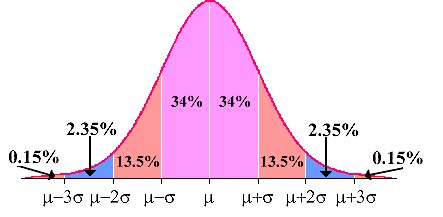Introduction
In researching a group of individuals, data from each member in the group can seldom be collected. They choose a sample instead; the sample is a set of people who are indeed involved in the study. Qualitative research is typically used when a problem exists and there are no apparent answers (Paradis et al., 2016, p. 263). To draw meaningful conclusions from your data, individuals need to consider carefully how they will pick a sample representing the group as a whole.
Main Body
A sampling at random is analogous to putting everyone’s name in a hat and extracting a plurality of names, which says there is an equal probability of occurrence for every element in the population. It is sometimes difficult to accomplish, but it is the recommended sampling method. An exhaustive list of each item in the aggregate is required. Random sampling is commonly used to produce computer lists. Systemic sampling is easier to carry out than random samples. The list of items is “counted” for systematic sampling; each element is accepted. This is comparable to “1,2,3,4; 1,2,3,4; etc.” lining up everybody. All persons numbered four would be utilized when numbering is done. Convenience sampling is elementary to perform; however, this is the worst approach to employ. The easily available information is used for convenient sampling.
The geographical division of the population carries out the sample of clusters into groups. These clusters or chunks are termed. The clusters are picked randomly, and each element is selected in the specified clusters. Sample stratification also splits the population into groupings known as strata. However, this time it is not regionally unique. The population may, for example, be divided into men and women. A randomized, methodical, or convenience sampling is conducted from each of these strata. This paper was written to define the method used and discuss the results.
The point estimate for the average height of all people in the place where I work was 17.3185. The sample standard deviation was 3.4029. These data were collected from 20 people, and the result was deduced using the mean in the MS Excel program. The confidence interval was found for the actual height of all people in my workplace, and it was, at 95 percent confidence, from 0.31 to 0.55; a systematic sample was used in this study.


Data gathering is the methodical way to collect and measure information from various sources to provide an accurate and complete view of a field of interest. The precise gathering of data is crucial for preserving human research, informed commercial choices, and quality control. Unique data collection via interviews, surveys, and other techniques was not always prominent. However, organized, methodical, and scientific data gathering may be done under field conditions. Individuals are focused on the necessity of identifying the right questions by offering several forms – triadic comparisons and data collecting scales, oral and written techniques – and emphasizing cultural relativity.

Conclusion
Data from each member of the group may seldom be obtained while investigating a group of persons. Instead, people choose a sample; a sample is a group of people who participate. Data collection is the methodical process of collecting and measuring data from many sources so that the fields of interest are accurate and obvious. Unique data collection is vital to preserving human investigation, educated business decisions, and management of quality.
Reference
Paradis, E., O’Brien, B., Nimmon, L., Bandiera, G., & Martimianakis, M. A. (2016). Design: Selection of data collection methods. Journal of Graduate Medical Education, 8(2), 263-264.